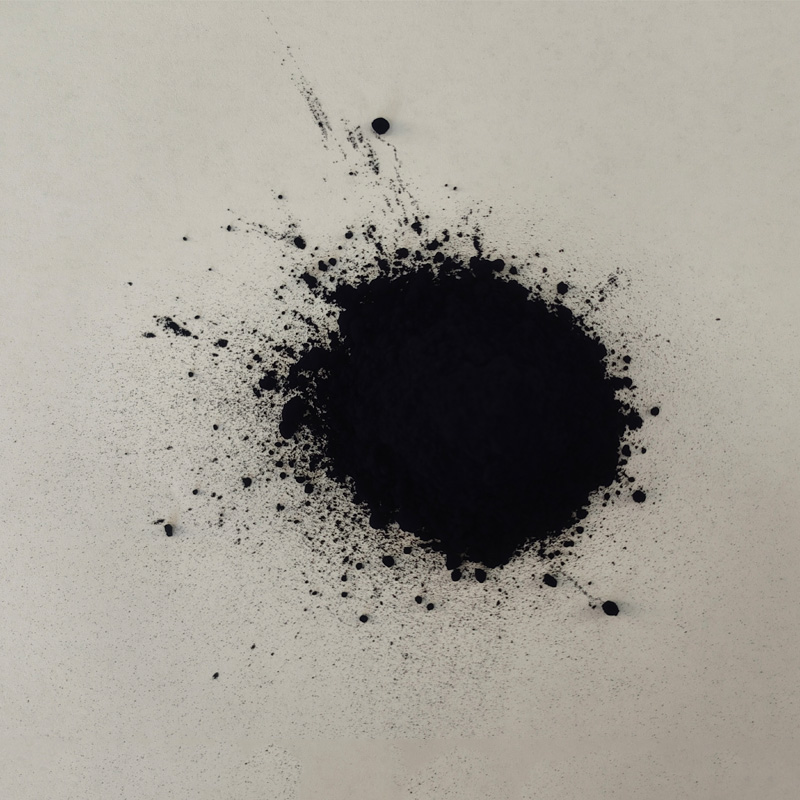Exploring the Global Market for Tie-Dye Indigo Trends and Leading Exporters Today
The World of Tie-Dye and Indigo Exporters
Tie-dye, a vibrant and ancient textile art, has significantly influenced fashion and home decor in recent years. This technique, coupled with the deep blue hues of indigo dye, captures the essence of cultural heritage and contemporary aesthetics. The global market for tie-dye indigo products has seen a resurgence as consumers increasingly gravitate towards unique, handcrafted items that tell a story. This article explores the role of indigo exporters in the tie-dye industry, their impact on local economies, and the cultural significance of their craft.
The Art of Tie-Dyeing
Tie-dyeing is a process that involves folding, twisting, or compressing fabric in various ways and binding it with string or rubber bands before applying dye. The result is a striking pattern characterized by vibrant colors and unique designs. Indigo, one of the oldest dyes known to humanity, is derived from the leaves of the indigofera plant. Its rich blue hue stands out, making it a favored choice for tie-dye artisans.
The resurgence of interest in tie-dye during the global pandemic brought the craft back into the limelight. People turned to creative pursuits while spending more time at home, leading to a newfound appreciation for handmade textiles. Tie-dye workshops emerged, and designers incorporated this playful pattern into their collections, thus increasing demand for indigo-dyed fabrics.
Role of Indigo Exporters
Indigo exporters play a crucial role in the supply chain of tie-dye products. They provide artisans with high-quality, natural indigo dyes that are essential for achieving authentic colors. Many of these exporters are small businesses operating in traditional textile regions, where indigo farming and dyeing are integral to the local economy. By sourcing indigo from sustainable and eco-friendly farms, these exporters not only ensure the quality of their product but also support sustainable agricultural practices.
Furthermore, indigo exporters often collaborate with local artisans to create new products, blending traditional techniques with modern design sensibilities. This partnership fosters a cross-cultural exchange and helps preserve indigenous methods of craftsmanship. The resulting tie-dye products, from clothing to home textiles, reflect a blend of tradition and contemporary style, appealing to a global market that values uniqueness and authenticity.
tie and dye indigo exporters

Economic Impact
The indigo export industry significantly contributes to local economies, especially in regions where employment opportunities are limited. By providing artisans with a way to monetize their skills, indigo exporters help sustain livelihoods and revive traditional crafts. This economic support can have a multiplier effect, as artisans often invest their earnings back into their communities, supporting local markets and services.
Moreover, as the global demand for eco-friendly and sustainable fashion rises, indigo products have found a niche in international markets. Exporters are increasingly targeting environmentally conscious consumers and retailers, enhancing their product lines to meet market trends. This evolution opens up new avenues for growth, encouraging the development of innovative tie-dye techniques and expanding the use of indigo in various applications.
Cultural Significance
The connection between tie-dye and indigo goes beyond aesthetics; it represents a rich cultural narrative. Many cultures have utilized indigo dyeing for centuries, embedding it with symbolism, rituals, and community ties. Tie-dyeing, in particular, provides a platform for self-expression and storytelling, allowing artisans to convey their heritage through color and design.
Exporters of indigo tie-dye products not only promote beautiful textiles but also raise awareness about the cultural significance of their craft. By telling the stories behind their products, they foster a deeper connection between consumers and the artisans, encouraging appreciation for traditional methods and the history encapsulated in each piece.
Conclusion
The world of tie-dye and indigo exporters is a fascinating intersection of culture, craftsmanship, and commerce. As the demand for unique, handmade products continues to grow, indigo exporters are poised to play an essential role in shaping the future of sustainable fashion. By supporting local artisans, promoting cultural heritage, and fostering economic growth, they ensure that the art of tie-dyeing and the rich hue of indigo remain vibrant and relevant in today's marketplace.
-
The Timeless Art of Denim Indigo Dye
NewsJul.01,2025
-
The Rise of Sulfur Dyed Denim
NewsJul.01,2025
-
The Rich Revival of the Best Indigo Dye
NewsJul.01,2025
-
The Enduring Strength of Sulphur Black
NewsJul.01,2025
-
The Ancient Art of Chinese Indigo Dye
NewsJul.01,2025
-
Industry Power of Indigo
NewsJul.01,2025
-
Black Sulfur is Leading the Next Wave
NewsJul.01,2025

Sulphur Black
1.Name: sulphur black; Sulfur Black; Sulphur Black 1;
2.Structure formula:
3.Molecule formula: C6H4N2O5
4.CAS No.: 1326-82-5
5.HS code: 32041911
6.Product specification:Appearance:black phosphorus flakes; black liquid

Bromo Indigo; Vat Bromo-Indigo; C.I.Vat Blue 5
1.Name: Bromo indigo; Vat bromo-indigo; C.I.Vat blue 5;
2.Structure formula:
3.Molecule formula: C16H6Br4N2O2
4.CAS No.: 2475-31-2
5.HS code: 3204151000 6.Major usage and instruction: Be mainly used to dye cotton fabrics.

Indigo Blue Vat Blue
1.Name: indigo blue,vat blue 1,
2.Structure formula:
3.Molecule formula: C16H10N2O2
4.. CAS No.: 482-89-3
5.Molecule weight: 262.62
6.HS code: 3204151000
7.Major usage and instruction: Be mainly used to dye cotton fabrics.

